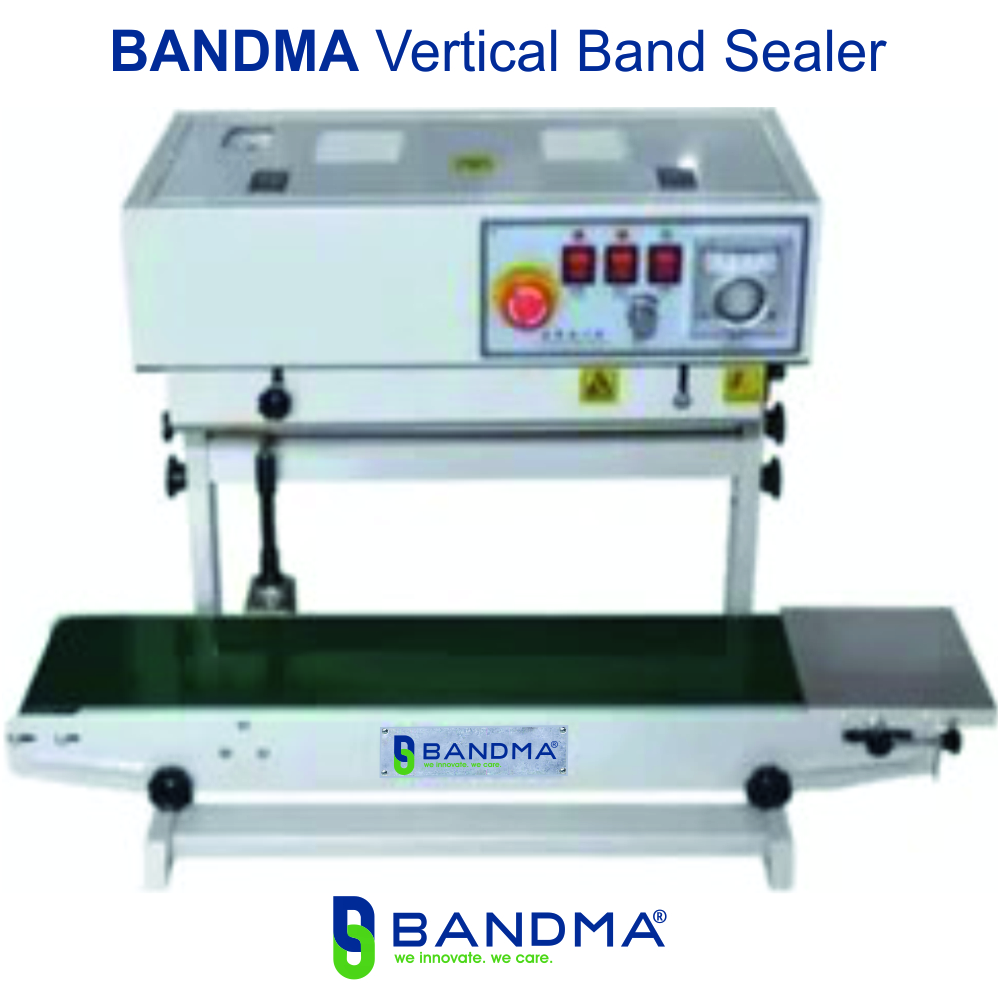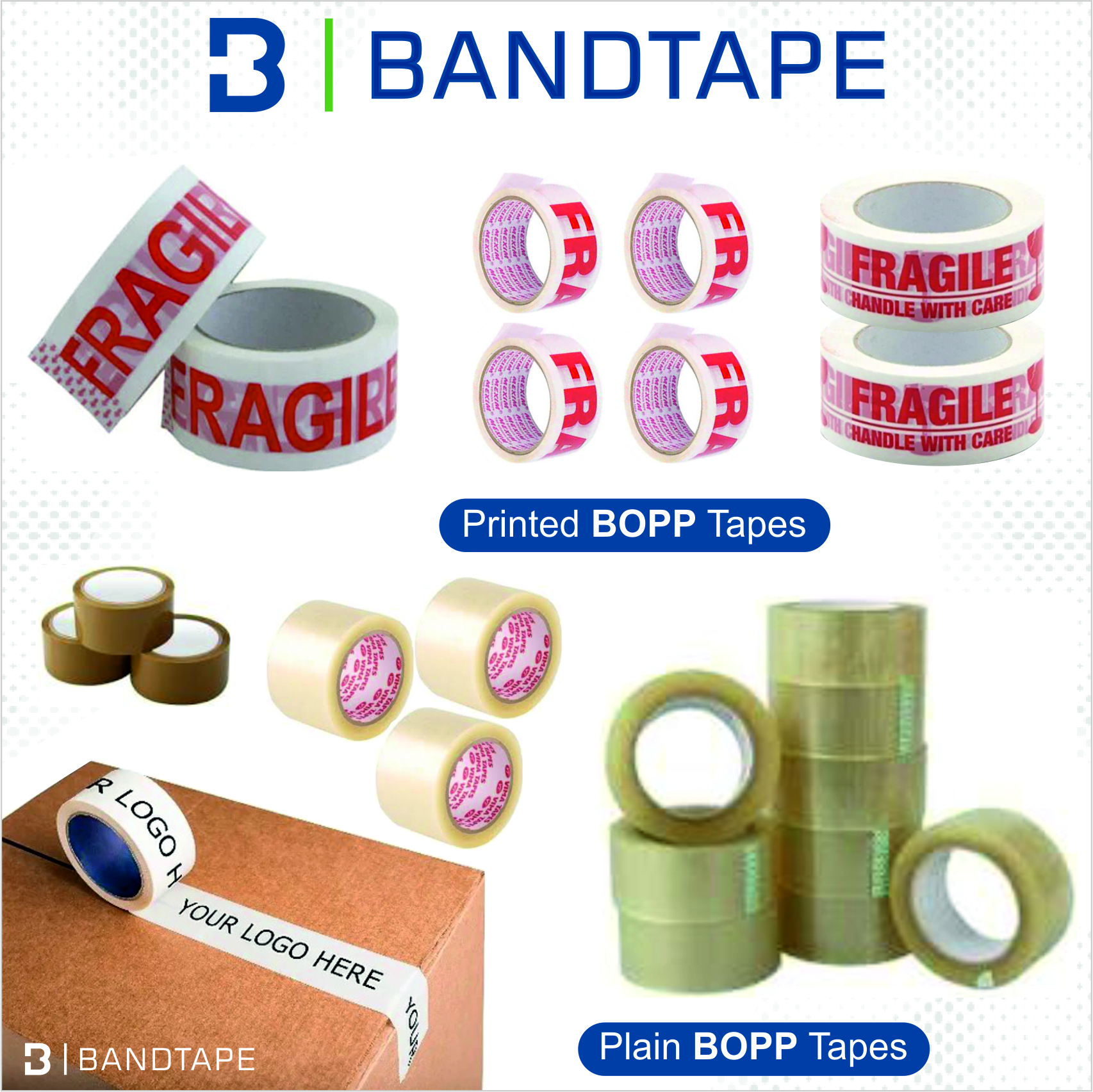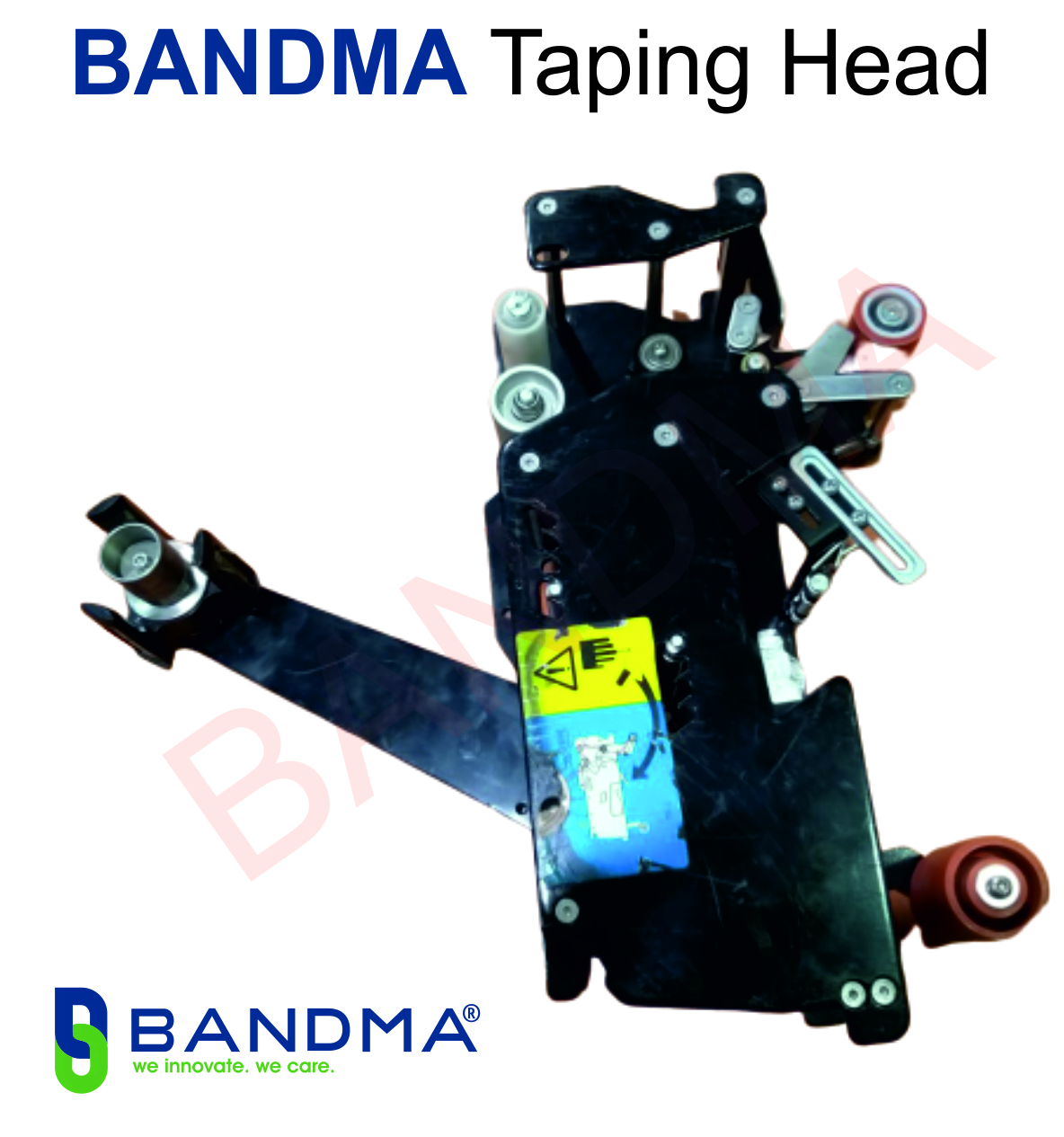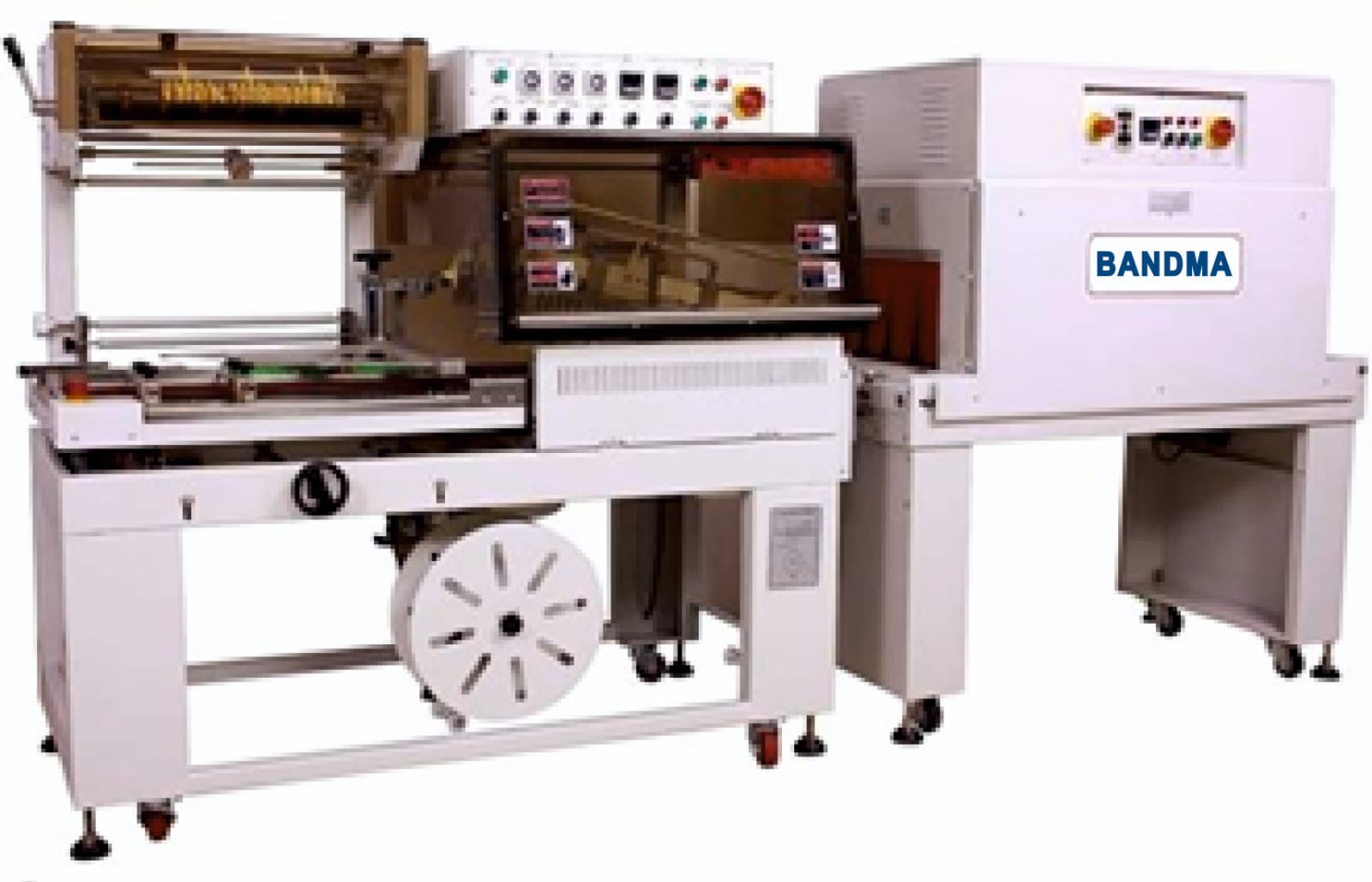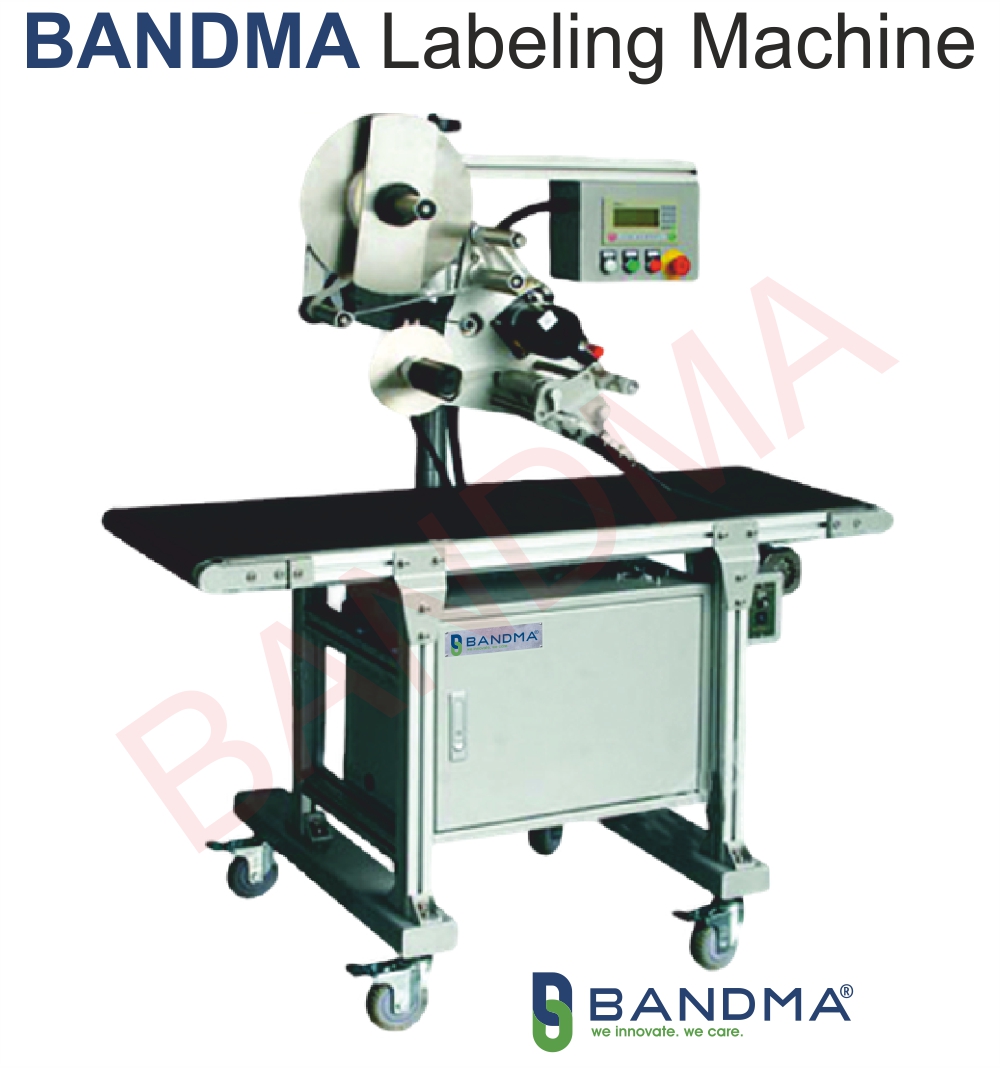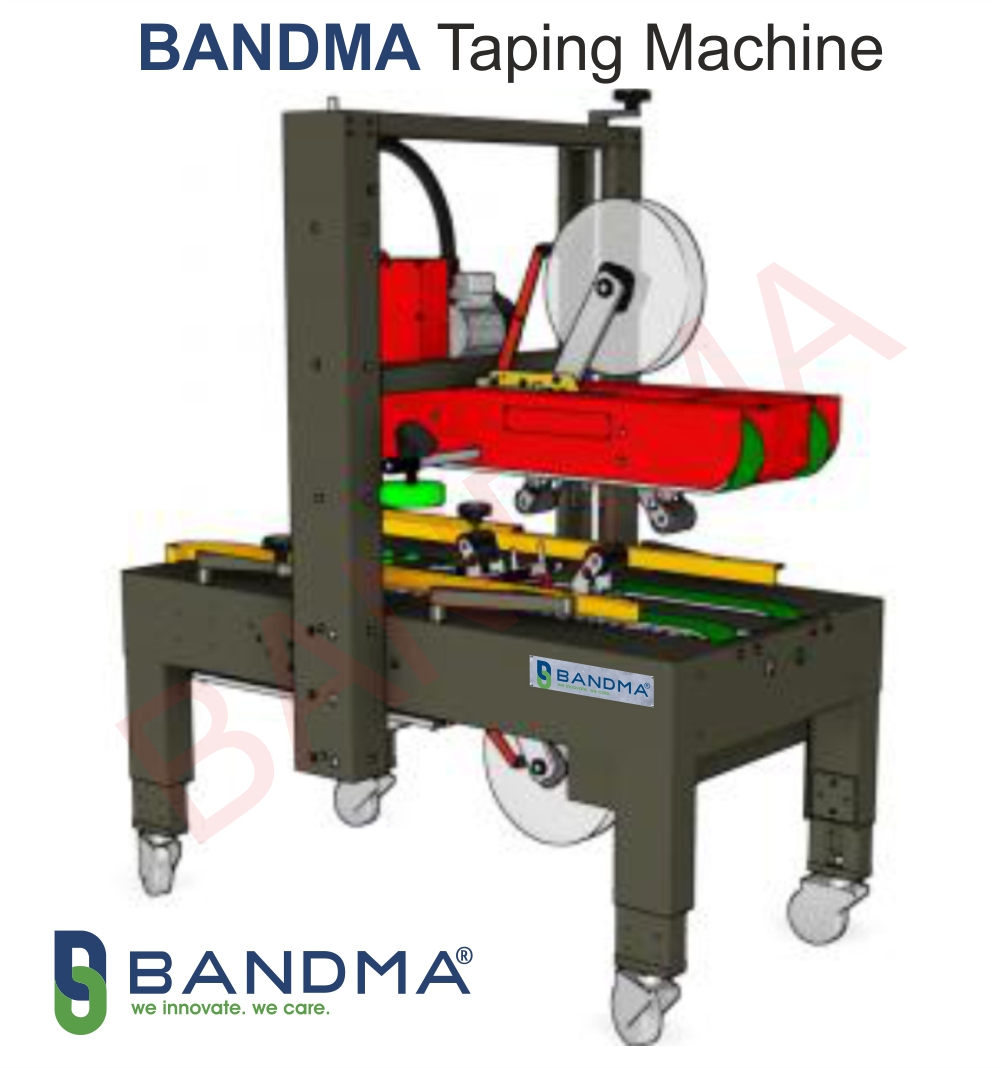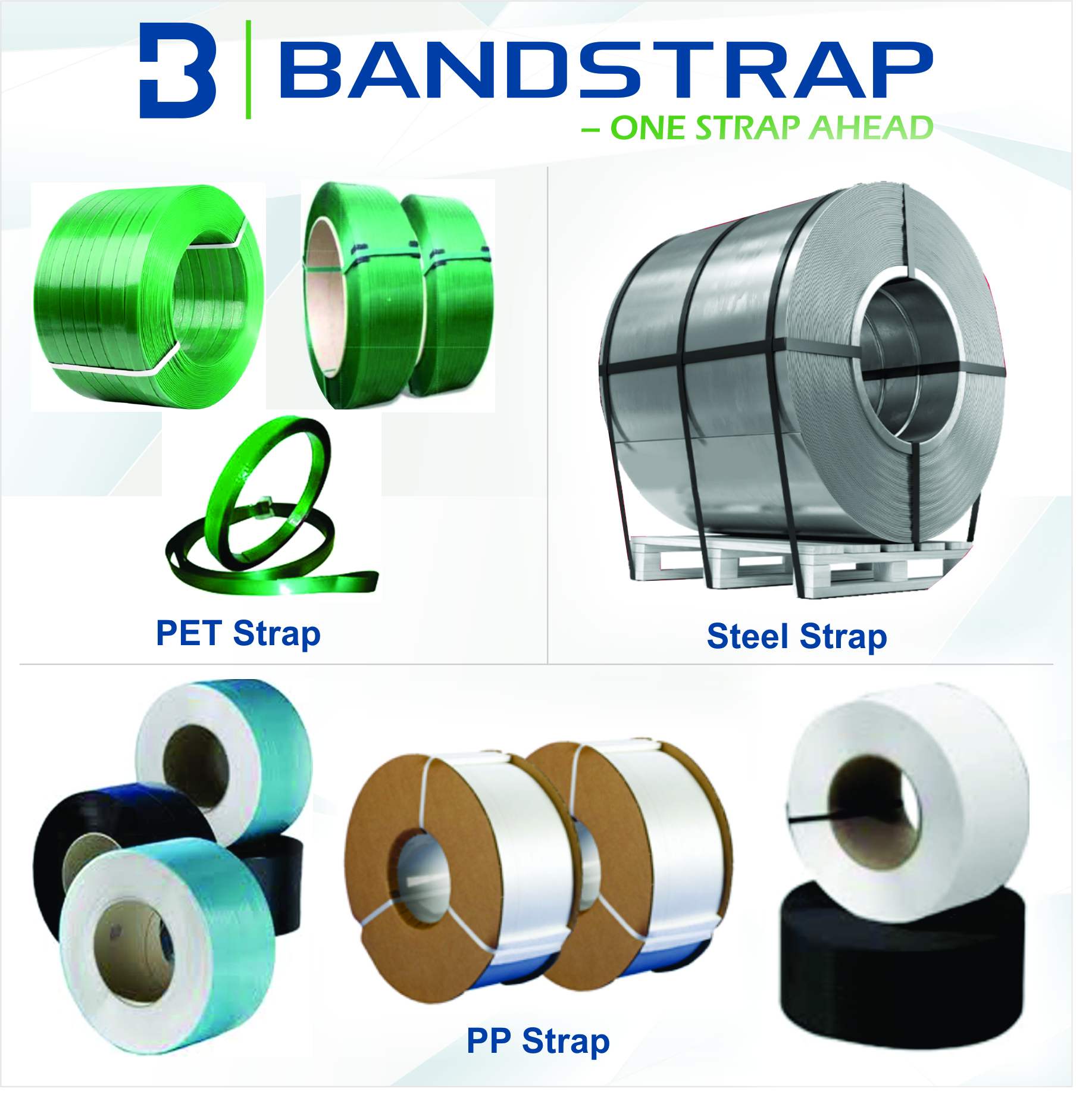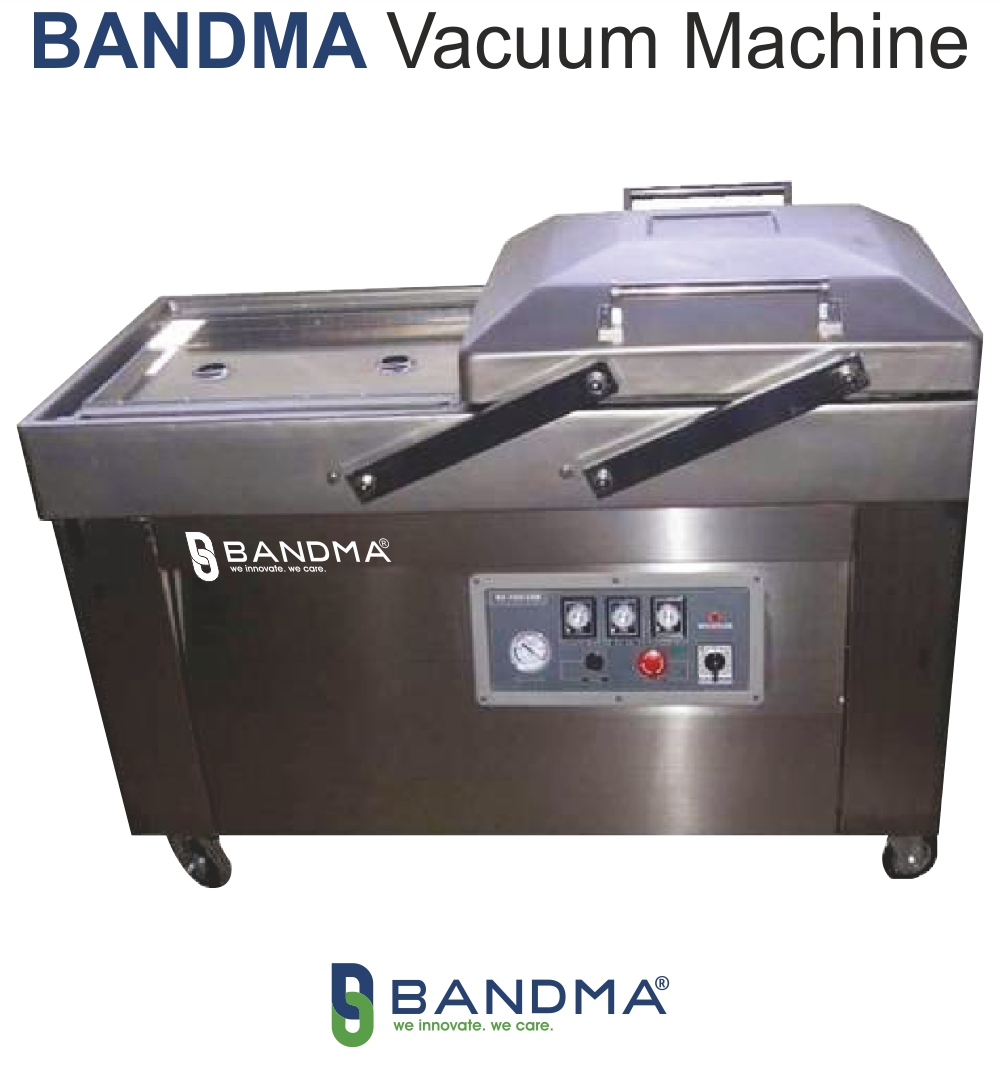In the packaging industry, dependability and efficiency are crucial. Businesses make every effort to guarantee that their goods are packaged safely and reach their destination undamaged. A number of parts are involved in packing, however the taping head is one that is frequently forgotten but is quite important. For boxes to be sealed swiftly, reliably, and securely, this modest piece of equipment is the unsung hero. This blog post will explore the significance of tape heads, their various varieties, and their role in optimizing package effectiveness.
What is a Taping Head?
In carton sealing machines, a mechanical component called a taping head is utilized to apply adhesive tape to the top and bottom of boxes. It is made up of rollers, blades, and tensioners that cooperate to precisely apply, cut, and dispense the tape. Automated packing lines frequently use tape heads, which are essential for properly and quickly sealing cartons.
Why Taping Heads Matter?
The taping head is essential for several reasons:
1. Consistency and Reliability:
Taping heads make sure that every carton is cut to the same length, sealed with the same amount of tape, and applied with the same tension. Ensuring that all boxes satisfy the same quality requirements and preserving the integrity of the packing depend heavily on this uniformity.
2. Speed and Efficiency:
The throughput of packaging lines can be greatly increased with automated tape heads, which can seal hundreds of cartons each hour. For firms that need to process huge amounts of products fast, this speed is essential.
3. Cost Savings:
By applying the right amount of tape with precise tension, taping heads minimize tape waste and reduce the risk of over-taping or under-taping. This efficiency leads to cost savings on tape and reduces the likelihood of product damage due to insufficient sealing.
4. Versatility:
Taping heads are capable of handling a variety of adhesive tapes, such as reinforced, water-activated, and pressure-sensitive tape. They are adaptable for various packaging requirements since they can be modified to suit various box shapes and sizes.
Types of Taping Heads
There are several types of taping heads, each designed for specific applications and tape types:
Standard Pressure-Sensitive Taping Heads:
When using pressure-sensitive adhesive tapes, they are the most popular kind of taping heads. They are renowned for being dependable and simple to use, and they may be used to seal a variety of boxes.
Water-Activated Taping Heads:
Water-activated tape, sometimes referred to as gummed tape, is intended for use with these taping heads. In order to provide a robust and unbreakable seal, this kind of tape needs moisture to activate its adhesive characteristics. Water-activated taping heads are designed with brushes and built-in reservoirs to wet the tape as it is applied.
Reinforced Taping Heads:
Reinforced taping heads are used with reinforced tapes that contain fibers for added strength. These tapes are ideal for sealing heavy or bulky cartons that require extra reinforcement to prevent the tape from tearing or splitting.
Side-Belt Taping Heads:
When it comes to cartons that are sealed from the sides instead of the top and bottom, these tape heads are made for them. To ensure a secure seal even under less-than-ideal conditions, side-belt taping heads are frequently employed in applications where the carton flaps are not completely aligned.
Enhancing Packaging Efficiency with Taping Heads:
It is crucial to comprehend tape heads' function within the larger packaging procedure in order to optimize its advantages. Here are some pointers on using tape heads to increase packaging efficiency:
Regular Maintenance and Calibration:
Taping heads need to be adjusted and maintained on a regular basis to guarantee constant performance. This include examining the tension settings, cleaning the rollers and blades, and changing any worn-out or broken components. Frequent maintenance guarantees that the taping head runs as efficiently as possible and helps to avoid downtime.
Choosing the Right Tape:
Making the right tape selection for your taping head and application is essential. Think about things like the size and weight of the cartons, the shipping and storage circumstances, and the required level of security. Better sealing and less tape waste can be achieved by using premium tape that is compatible with your taping head.
Optimizing Line Layout:
The way your packing line is set up can affect how well your tape heads work. Make sure there are no obstacles in the way of the cartons feeding into the taping head. To minimize the possibility of jams or misapplications, the taping head can apply the tape more evenly if the cartons are aligned properly and the speed is kept constant.
Training and Safety:
Optimizing the effectiveness of tape heads requires proper training for operators. It is important for operators to understand the machine's settings, maintenance requirements, and safety measures. Stressing safety will save downtime and avoid damage to the taping head in addition to safeguarding your staff.
The Future of Taping Heads:
Technology is advancing, and so are tape heads. Smart taping heads that have sensors and automation capabilities are an example of an innovation that is becoming more common. In order to maximize efficiency, these sophisticated taping heads can identify discrepancies in the way tape is applied, instantly modify parameters, and even interact with other packaging line equipment.
Eco-friendly tape solutions are also being developed as a result of the sustainability trend. Tape heads that are compatible with recyclable and biodegradable tapes are becoming more widely available from manufacturers, assisting companies in minimizing their environmental footprint while upholding strict packaging guidelines.
Conclusion:
While it might not be the most glamorous step in the packing process, the taping head is unquestionably one of the most crucial. Its importance in guaranteeing cartons are sealed consistently, dependably, and effectively cannot be emphasized. Businesses may greatly increase their packing efficiency and overall productivity by investing in high-quality taping heads, caring for them appropriately, and incorporating them into a well-designed packaging line.
Thus, the next time you open a flawlessly sealed package, stop and thank the unsung hero who made it possible—the taping head.
Regular maintenance and adjustments are necessary to ensure consistent performance from taping heads. Inspecting the tension settings, cleaning the rollers and blades, and replacing any worn-out or damaged parts are some examples of this. By preventing downtime, routine maintenance ensures that the taping head operates as efficiently as feasible.


